Cutting-edge traceability to lead in competitive markets
Traceability experts
Processes digitization
Know-how


Software Solutions for traceability and production processes digitalization
Our technology provide business, organizational and government leaders with the ability to track minute-by-minute what is happening in their business, enabling them to implement strategic decisions more effectively and increase responsiveness and competitiveness.
Cloud services, mobile applications and integrations with external systems are Kyas advantages that give the client the ability to create and manage complex content in real time.
TECHNOLOGY
The right tools for every need
Apps
App development for Android and iOS.
Cloud
Information available at all times and from anywhere.
Blockchain
Immutability layer to secure operations.
GEO
Temporal and spatial location of where events happen.
AI
Use of Machine Learning to detect patterns.
Integrations
Compatibility with external measurement devices and systems.
Online/Offline
Operation with or without Internet connection.
Standard identification
Use of international product identification standards.

Discover the power of traceability with our innovative software suite
Connect, track and optimize every step of your supply chain to achieve maximum efficiency. Add value by providing your product information to the consumer.
Trusted by

+20.000
Users

+5.200
Traced products

+10
Industries

+20
Years of experience
Success stories
Brazil unblocked the entry of Argentine pears and apples
Following the agreement reached last week, Brazil has officially lifted the barriers for the entry of pears and apples exported from Argentina. The measure had caused great concern among producers, mostly in the Alto Valle de Río Negro region. Negotiations with Brazilian authorities were carried out by officials from the National Service of Agri-Food Health and Quality (Senasa), who traveled to the neighboring country a few days ago and reached an agreement. The Argentine government has committed to intensify monitoring and controls during the current campaign for the production of both fruits.In a statement, Senasa informed: "With the signature of its head, Carlos Goulart, the Department of Plant Health and Agricultural Inputs of Brazil published today, in the Official Gazette of that country, Resolution 2 authorizing the resumption of pear and apple imports from Argentina." At Argentina's proposal, the agreement also includes intensifying monitoring and controls during the current campaign for the production of both fruits in our country. "With the publication in the Official Gazette of Brazil, we comply with what was agreed with the authorities of that country, and we are now in a position to resume trade of these Argentine fruits with Brazil," said Etchevehere. Meanwhile, the president of Senasa, Ricardo Negri, who led the Argentine delegation that traveled to Brazil earlier this month, stated: "Now it is up to all of us, all the actors in the pear and apple supply chain, both public and private, to ensure there are no more interceptions of codling moth, and let's do things right to maintain this open market that means many jobs in Río Negro, Neuquén, and Mendoza." Source: Ámbito
Read moreBlockchain Technology in the Citrus Traceability System
The National Service of Agri-Food Health and Quality (Senasa) has introduced a new version of the Citrus Traceability Computer System (SITC) into production. This system manages the supervisory data for the export of fresh citrus fruit from Argentina to the European Union, United States, China, Mexico, South Korea, and other markets with similar quarantine restrictions.This new version of the system includes the utilization of blockchain technology to provide greater security to the generated documents, ensuring that they have not been modified at any stage of the certification process."Through the incorporation of this technology, we aim to make commercial operations easier, more efficient, and safer for all actors in the supply chain. All parties have the same information at all times without the need to duplicate documents," explained Martín Delucis, the Director of Plant Trade at Senasa.Furthermore, Delucis stated that "Senasa is currently working on incorporating other documents into blockchain to add more transparency and security to the certification process."The development follows the technical guidelines of Blockchain Federal Argentina (BFA), which represents a significant technological leap for this type of use and adds value to the traced product.Additional information on blockchain technology:The English word means "chain of blocks" and is essentially a digital platform that collects and verifies transactions among its users. All transactions (or blocks) are recorded in a ledger style visible to all participants in the chain. They themselves validate the information.In this way, the origin of the product, its quality, and other aspects can be backed up. Transactions occur in real-time. Each record is unique, encrypted, and cannot be deleted. It can only be updated by the consensus of the majority of participants in the system.It is estimated that each year around 600 million people worldwide (almost 1 in 10 people) fall ill from consuming contaminated food, leading to 420,000 deaths from this cause, resulting in the loss of 33 million years of life adjusted for disability, according to the World Health Organization (WHO).As a result of this, blockchain could offer openness and transparency of data from food production to the consumer; it could also detect contaminated products in a matter of seconds. Through a QR code that can be scanned from a mobile phone, one can access the entire production, processing, and commercialization process of the product in question.Frauds and secrets would be reduced, which would improve the framework of trust and transparency. This can open up business opportunities where the counterparty risk was once a barrier.However, for blockchain to function effectively, it requires the commitment of all participants to provide accurate information in the system, from the field to each link in the supply chain.Source: Argentina.gob.ar
Read moreNew Technology Applied to Cotton Boll Weevil Monitoring
Buenos Aires - The National Service of Agri-Food Health and Quality (Senasa) is implementing a digital tool for the cotton boll weevil (Anthonomus grandis Boheman) detection system, which incorporates a QR code for reading each trap placed in the country's cotton region.The National Program for the Prevention and Eradication of the Cotton Boll Weevil (PNPEPA) by Senasa is carrying out this detection system using a mobile application. This allows trap inspectors to record all data related to their field activities directly on their mobile phones, eliminating the need to carry paper forms.By scanning a QR code associated with each trap, the inspector identifies the trap and digitally reports any relevant information, recording the date, time, and geolocation of the activity.Currently, there are more than 1000 traps installed in cotton boll weevil monitoring stations in the cotton region of the country. This new technology streamlines and expedites fieldwork. The collected data is automatically linked to the PNPEPA's computer system to consolidate information, determine pest population levels regionally, and generate management indicators.Cotton is a crop of significant economic and social importance in some Argentine provinces. It plays a crucial role in regional economies, benefiting small-scale producers, utilizing local labor, and preventing migration to large urban centers.The cotton boll weevil is considered the most damaging pest to cotton crops. Its destructive potential arises from its high reproductive capacity and the numerous generations that occur within an agricultural cycle.To contribute to the sustainability of cotton cultivation and improve the country's phytosanitary status regarding the cotton boll weevil, it is essential to maintain current Pest-Free Areas (ALP) and reduce the population levels in Quarantine Areas (ABC) and Areas of Low Pest Prevalence (ABPP) by reducing insect population levels. For this purpose, maintaining and optimizing the pest monitoring network is crucial.Source: SENASA
Read moreTrazacann, traceability system for the Cannabis Production Chain
Introducing Trazacann, a traceability system for the Cannabis Production Chain with Global GS1 Standards and Blockchain technology. 🌿📲The platform records each activity performed and generates foundational information, enabling easy access to data obtained at every stage of cultivation and product development.Trazacann is currently being implemented in the Research and Development Project between INTA and Ciencia Sativa, approved by the Ministry of Health of Argentina.🔗Learn more at www.trazacann.com.ar#cannabis #hemp #argentina #science #technology #software #blockchain
Read moreArgentina: QR code for fruit with quarantine treatments
Buenos Aires – With the aim of continuing to strengthen the traceability of the critics, hosts of the fruit fly, the National Agrifood Health and Quality Service (Senasa) developed that the Quarantine Treatment Centers (CTC) must label the containers that contain citric fresh fruit, subjected to a quarantine treatment with methyl bromide, cold or a combination of both and whose final destination is the protected areas of Patagonia, and the central and southern oasis of the province of Mendoza.The measure published in the Official Gazette through Senasa Resolution 767/2023 establishes that all containers containing treated citrus and leaving a CTC must have a traceability label attached to one of its visible faces.The label will consist of a QR code, so that it can be read with the camera of any cell phone, and will provide information on the production area, packaging that processed the fruit, day and time the fruit entered the CTC, treatment received, day and time. In turn, on one side of the label you can see the authorization number of the treatment center, date of treatment, certificate number and quantity of containers that make up the batch.In this first stage, the labeling will only be for citrus fruits, since they represent the largest volume of entry into protected areas. Little by little, the rest of the fruit fly host products will be incorporated, such as peppers, avocados, grapes, quince, etc.Strengthening the traceability of these products contributes to a rapid response by the Phytosanitary Agency in the event of possible emergencies. It should be noted that the measure will enter into force 60 calendar days after its publication in the Official Gazette. Until the aforementioned implementation of the QR labels occurs, the identification of the containers through the seals that are currently used Senasa Resolution 496/2023 will continue to be in force. About Free AreasThe maintenance of Fruit Fly Free Areas in Argentina enables the diversification of fruit production and access to markets that regulate the presence of the pest, favoring regional economies and exports.The recognition of the Free Areas by third countries, such as the United States, Chile and China, among others, allow improving the conditions of access of fruits and vegetables to the international market, reducing export costs and facilitating logistics in the commercialization.
Read moreUruguay: CPA FERRERE and KYAS presented platform for wine traceability using Blockchain
CPA FERRERE, in partnership with Argentine digital solutions company KYAS and Estudio Orihuela, launched a digital platform that will enable better and easier traceability of value-added products of agricultural origin. In an event held at the FERRERE auditorium, Fixbean, which allows any producer to ensure the traceability of its products to its customers through Blockchain technology, was explained in detail and its application in the wine industry was presented, together with Los Nadies Bodega Almacén.The event was opened by Leonardo Isoardi, managing partner of CPA FERRERE, who highlighted the need for a high-tech traceability solution for the wine industry and the value of the partnership formed with KYAS. In the same vein was Ricardo Cabrera, president of the National Institute of Viticulture (INAVI), who stressed the importance of the application of technologies to add value to the wines that Uruguay produces.Fixbean, according to CPA FERRERE consultant Bruno Alario, is an application that uses blockchain technology to enter data related to the manufacturing process of any product, without the need for permanent internet access. Usable on a cell phone, tablet or computer, the platform is highly intuitive, easy to understand and to implement, which allows from the smallest entrepreneur to the largest company to use it.Manuel Filgueira, director of Los Nadies, celebrated the work done by CPA FERRERE and KYAS and said that Fixbean represents an opportunity for the Uruguayan wine industry to open up to the world and the future with a first-class product with the guarantee of high technology. The businessman was hopeful about what initiatives such as these can do for the future of national production, and affirmed that "this is the model that Uruguay's food system should follow".
Read more